My Dear Alice

Chapter 1: Introductions
(the story / the house / the characters / the letters)
Image attributions: (HRT) Historic Richmond Town archive; (AAH) Alice Austen House Museum collection.
Letter album at Historic Richmond Town Archive
Album of 1830s through 1870s letters written by Sarah Ann & John Haggerty Austen
Sarah Ann Austen Townsend in 1832
John Haggerty Austen’s 17-yr-old sister. Portrait, courtesy of the Frick Art Reference Library. (AI colorized)
Alice’s grandmother, Elizabeth Alice Townsend Austen
Alice Austen’s maternal grandmother, painted circa 1840 (HRT)
David Austen
Alice Austen’s paternal great-grandfather, painted in 1846 (HRT)
Alice Cornell Townsend
Alice Austen’s maternal great-grandmother, circa 1835. (HRT)
Alice’s Book circa 1877
Book given to a friend by Alice Austen as she was leaving her home. Returned to Clear Comfort decades later. (AAH)
Peter Townsend
Alice Austen’s maternal great-grandfather, painted circa 1840 (HRT)
1870 painting of Clear Comfort
circa 1870 painting by William Hart (HRT)
3 year old Alice Austen in 1869
Studio portrait re-photographed by Alice Austen in the 1890s (HRT)
1883 letter from Auntie Min
Minnie Austen Hicks Miller letter from Hong Kong – earliest letter in the collection. (AAH)
1884 envelope from Brooklyn
Envelope for Bessie Hazard’s letter – a fragment of it showing a child’s scribbling from decades later. (AAH)
1884 letter fragment with more recent scribbles
Evidence of the Mandia family’s children’s interactions with the letters they kept for 40 years. (AAH)
Clear Comfort in 1885
19-year-old Alice Austen on the house’s piazza (AAH)
Julia & Alice at 19 in 1885
Julia Martin and Alice Austen with Chico & Punch (AAH)
Auntie Min, Uncle Peter & Alice in 1885
19-year-old Alice with her aunt and uncle (AAH)
1885: Alice and Her Friends
Alice (far left) and Trude Eccleston (2nd from left) and friends in their bathing suits at Clear Comfort. (HRT)
1887: View from Clear Comfort’s front lawn
View of the Narrows from Clear Comfort’s front lawn. (AAH)
2021 View from Clear Comfort’s front lawn
A cruise ship passes by Clear Comfort in 2018. Photograph by Pamela Bannos.
Chico & Punch in 1887
Chico the chihuahua and Punch the pug on Clear Comfort’s piazza (AAH)
1887 Scrapbook page
An article about Clear Comfort in one of Alice Austen’s scrapbooks (AAH)
Aunt Min, Uncle Oswald & Alice Austen
18-year-old Alice with Aunt Min & her husband Uncle Oswald (AAH)
Elizabeth Alice Townsend Austen
Alice Austen’s grandmother in 1885 (AAH)
Alice Austen in 1887
Dunn studio portrait taken in New Brunswick, New Jersey. (AAH)
Minnie Austen Hicks Miller
Alice Austen’s Auntie Minn, circa 1885 (AAH)
1888 Tennis Group
Alice in tie, middle in bottom row. Trude Eccleston, 2nd from left top row. (HRT)
Contemporary panoramic view of Clear Comfort
Photograph by Pamela Bannos.
Opening music…
[Bessie Strong]
1885, July 19, New Brunswick:
My dear Alice – Perhaps when you discover that this letter was written on Sunday, you will hesitate about reading it. New Brunswickers are never troubled with such compunctions, but with Staten Island people it may be different.
You began your letter with a slurring remark about our “metropolis” or rather our weather, which was unjust, and words cannot describe the pain it caused me. However, I will try to forget and forgive.
Have you heard the song “Forget, Forgive” by the same composer as “Some Day”?
[Narrator]
This is one letter among hundreds that were sent to 19th century photographer Alice Austen. I’m Pamela Bannos, in collaboration with the Alice Austen House Museum, and this is My Dear Alice, a podcast series that explores the life of photographer Alice Austen through her photographs and these letters that were discovered decades after her death. Here, we will piece together Austen’s story through her extensive photographic legacy, while filling in new details through these rediscovered letters that were sent to her historic home, called Clear Comfort.
+++++++
[Narrator]
This is a story of home, history, celebration, and reclamation.
Clear Comfort, now known as the Alice Austen House Museum, sits on the bank of the Narrows with a sweeping view of the Manhattan skyline. Passing through this narrow channel that separates Staten Island from Brooklyn, and known as the gateway to New York City and America, generations of immigrants would see Alice Austen’s house before they spotted the Statue of Liberty on their way to Ellis Island. Dating back to pre-Revolutionary days, this modest cottage remains a sentry to our changing world.
Groundbreaking nineteenth-century Staten Island photographer Elizabeth Alice Austen – known formally as E. Alice Austen, and familiarly as simply Alice – lived at Clear Comfort from around the time of her birth in 1866 until she was evicted in 1945. It was a chaotic exit as friends and members of the Staten Island Historical Society rushed to rescue Austen’s photographs, negatives, and what was left of value in the once antique-packed home. In her haste, Austen had sold everything for a few hundred dollars to a furniture dealer who soon arrived to empty out the rest of the house.
In 1985, forty years after the Mandia family had moved into Clear Comfort – they stayed for 20 years – a family member returned with four boxes of letters that had been found in a closet. The interim witnessed the decline and resurrection of the crumbling and neglected house.
Using Austen’s own photographs from the 1890s, Clear Comfort was renovated to its appearance when the correspondences first arrived.
Spanning fifteen years, and dating from 1883 to 1898, the hundreds of letters sent to Alice Austen, and then returned to Clear Comfort, form a chronicle of what would otherwise have been lost to time.
+++++++
[Narrator]
Alice Austen’s grandfather, John Haggerty Austen, bought the cottage that came to be known as Clear Comfort in 1844, during a time when Staten Island was a bucolic escape from New York City. His family was still living in the row of four houses that his father had built facing Union Square Park, 4 years earlier, just at the completion of the park. The entire extended Austen family had recently moved north from their home on the Bowling Green, maintaining as green a view as was then feasible in the expanding city.
The Austen men were wealthy auctioneers, and as a young merchant in the early 1830s, John Austen traveled to Europe where his teenage sister Sarah Ann wrote him letters, neatly folded, sealed with red wax, and delivered by packet ship.
[Sarah Ann Austen]
New York, April 25, 1833
My Dear Brother – We have just been with you through Venice and all your wanderings, as Pa and myself have just received your letter dated Milan 22nd February. I have been a little disappointed that you have not spoken of Italy in more rapturous terms. We were much amused with your descriptions of the Carnival, then we did laugh to think of John Austen falling in love with whole balconies of ladies.
Mr & Madame Berteau take their departure for France the 10th of May, and then I take my final leave of school and all its perplexities. Mr & Mrs Sheldon and family also sail in a few days for England. It really, though, seems too bad to leave this delightful Battery and Bowling Green, you have no idea how charming it is here. The weather is delightful, the grass all around us looking so neat and green; and the trees of the same delicate hue, or white with blossoms; then add to this a gay ride on horseback, which I take often.
Though it is almost impossible to ride out without meeting some of your friends, it is astonishing to see what an immense number of ladies pursue this exercise to what they did formerly. Billy, my horse, looks elegant, and never went better in his life. Now I must tell you how spruce I look when I am mounted. I support a handsome beaver with a low crown, the rim 3 inches wide in front, and narrow behind. They are the precise thing for tiding, added to which a very handsome habit.
I miss you much, as my beau David is not so willing to be accommodating and take out of the way roads. As you know, his horse would not be seen there.
[Narrator]
That was an excerpt from the 14th letter of 30 that Sarah Ann sent John Haggerty Austen as he traveled through Europe from 1832 through 1834. You can see an 1832 portrait of Sarah Ann on this podcast’s website – representing her as she appeared at the time of her letter.
This letter, bound together with many others, including from John Austen to his wife Elizabeth, currently resides within a hulking brick building that was once a Staten Island schoolhouse, and is now the Historic Richmond Town Archive. The letters and the Austen family history reveal a distant period in New York history and connect with a broader story that brings us here to the present.
+++++++
[Narrator]
In 1835, Sarah Ann Austen married William Townsend; the following year her brother John married William’s sister Elizabeth; and ten days later, Mary Austen, another sister, married Isaac, a third Townsend sibling. This growing and intertwined family remained close, even after they left their adjoining homes facing Union Square.
Sarah Ann, William, and their four children were the first to relocate to Staten Island. It was 1848 and John was still using his cottage as a getaway while also modifying and expanding the house for his growing family. By 1852, he had moved them there for good. John’s wife, Alice Austen’s grandmother, Elizabeth Alice Townsend Austen, named the cottage Clear Comfort. Alice Austen’s mother, Alice Cornell Austen, was seventeen, and her younger sister Minnie was twelve. Their brother Peter was born during that first year at Clear Comfort.
In 1863, Alice Austen’s mother Alice married a man named Edward Munn, who had come with his family to New York from London, England, in 1851. It’s not known how they met or the details that led to Munn’s desertion of Austen and their baby a few years after their marriage. 1863 was a high point of the Civil War, though, and during that same month they married, 29-yr-old Edward was enumerated for the draft. Three years later, conceived just weeks after the close of the war, their daughter Elizabeth Alice Munn was born on St Patrick’s Day. Elizabeth Austen had bought her daughter and son-in-law a house not far from Clear Comfort, a place called Woodbine Cottage. And then right around the time of Alice’s birth, mother and daughter returned to Clear Comfort without Edward Munn, whose name, apparently, was never spoken of again. Both Alices kept the Austen name for the rest of their lives.
+++++++
[Narrator]
John Austen continued his European travels, writing to his wife in a way that he acknowledged was to maintain a diary. Throughout, he speaks of running into family members and people he knew from New York in London, Paris, and throughout Switzerland. These letters serve as a visualization of the late 1860s through the 1870s and introduce a leisure class of people who holidayed at spas, museums, and theaters abroad.
In 1869, as he traveled throughout June and July, John sent Elizabeth 15 letters, each written over a number of days, and each signed with a variation of:
[John Haggerty Austen]
I send this off with best love to yourself & to Alice, Minnie & Pete & Kiss for baby. Your most affectionate, JHA
[Narrator]
As the family could see the ships pass by the front of Clear Comfort, John Austen would sometimes have the Captain acknowledge them as the family waved from the shore.
In a letter from a later trip, John Austen wrote from Paris:
[John Haggerty Austen]
Tell Peter he must have the flag up on the house with a good cord that he can pull up and down & if I come in during the day the St. Laurent shall reply with hers as well as fire her guns in front of the house.
[Narrator]
In one of his final letters from the 1869 voyage, he ends:
[John Haggerty Austen]
I send you dear Elizabeth my very best love & the same to Alice & Minnie & Peter & kiss for Baby & tell her I am coming in the big ship very soon.
Your most devoted JHA
[Narrator]
The baby, 3-yr-old Alice Austen, nicknamed Lollie and Lola, and who was also affectionately known as “the brat,” was acknowledged as one more member of the diverse household.
At the end of his final letter, John Austen wrote:
[John Haggerty Austen]
Well I have been here 4 weeks & I am quite satisfied to leave. I long for a sniff of the salt air & I will enjoy being at home all the more for having been away. For after all, there’s no place like home & I hope it will be my good fortune to take my place at the table right opposite to you with Alice on one side & Peter on the other & I shall have Lola to sing Captain Jinks & you may rest assured that although I have enjoyed myself much on this side of the water I will be most sincerely happy to find myself at home again surrounded by you all.
[Narrator]
John’s daughter Minnie was not mentioned as sitting at the table because she had married a Danish ship captain and may have been off on an adventure, herself. Minnie Austen’s first husband, also a ship captain, died while at sea in Indonesia and she then married Captain Oswald Otto Miller, who figures into Alice Austen’s story because he is said to have taught her how to use an early bulky camera.
In 1872, Minnie Austen Hicks Miller wrote from China to her teenage brother Peter – who, for some reason, she called Tim. Her letter, in the form of a poem demonstrates some of the family’s eccentricities.
[Minnie Austen Hicks Miller]
My dearest dearest dearest Tim.
Open this paper, and you will find therein
A Chinese coin, from your sister Minn.
Picked up in the City of “Canton,”
And sent to you, your chain to hang on,
Hoping soon to see your Mustached Mug.
And inflict upon you, a tremendous hug,
I now must draw this to a close,
We are “hove to” because it blows.
With love to Pa, Ma, Alice & Brat.
But, I must include yourself in that,
And now dear Tim, keep a good look out for Me
And I will keep my eye skinned for thee.
Your sister Mrs. Oswald Miller
Great on the pen, but poor at the tiller.
19th of May 1872
“Hoop da doodle, doodle do”
+++++++
[Narrator]
The story goes that her Uncle Oswald Miller taught Alice Austen how to use a camera at the age of 10 – and her Uncle Peter, who was a chemist, taught her the basics of developing the glass plate negatives and making photographic prints from them. Peter Austen, professor of chemistry at Rutgers University would also become a popular figure for teaching chemistry to children and promoting women in the field.
The year after Auntie Minn sent Peter the Chinese coin and poem, she donated three Indonesian squirrels that she brought back from Java to the Central Park Menagerie. What would become the zoo still didn’t have a permanent building, and the park itself was still under construction.
The unconventional Austen family indulged young Alice who stayed close with them while exploring her burgeoning interests in photography and sports. Alice once said that she played tennis as soon as she was able to walk, which is a stretch since the first game was played locally in 1874 when she was 8. The new sport was said to have been introduce to America (through Staten Island) by a woman – Mary Outerbridge – who had seen the game played in Bermuda and arrived at New York’s port with a complete kit of rackets, balls, and a net, which was set up at the Staten Island Cricket and Baseball Club.
Just a few years later, in 1881, when Alice was 15, she played in her first tournament. The first national tournament in America had been played the year before at Staten Island’s Cricket Club. Tennis-themed images are among Austen’s earliest existent photographs. In 1883, Alice won the mixed doubles championship at the Clifton Ladies Club, which had spun off from the men’s club as the sport’s popularity grew.
Auntie Minnie, good for making up nicknames, called Alice “Ping” in her letters – perhaps this came from the sound of the tennis ball as it hit the strings.
In the spring of 1883, while in Hong Kong, she wrote to Alice, who also had a burgeoning stamp collection:
[Minnie Austen Hicks Miller]
My dearest Ping,
I must send you if only a line to tell you how delighted we were to find waiting for us two such long letters from you – they were splendid. I sound everybody for stamps and they promise & there it ends. I got the few I enclose from letters sent to Uncle Oswald …
Ping I just wish I could take you around this place, you would enjoy to be carried in a sedan chair– we go into every shop we pass, look at pretty things, sit down have a cup of tea; then pass on — I have no pet now, only a curious crab – but I fancy he will not live, I do not know his proper food.
Tell your Mama I thank her so much for her letter. It was a good long one. I write so much to Granny & Grappy that I seem to have no ideas left, so all must read the long letter.
Ping I sincerely hope I’ll be home by Christmas, so that I can make you a decent present. My poor dollars have given out. Too bad.
Your loving Auntie Min
+++++++
[Narrator]
While Aunt Minnie and others traveled the world, the local Staten Islanders summered at the Catskills or at other summer resorts, which were popular in the region.
During that same season in 1883, Alice’s closest friend Gertrude Eccleston – known as Trude and Trudie – wrote to her from Lake George in the Adirondacks:
[Trude Eccleston]
My dear Alice,
I have been a long time keeping my promise but it’s “better late than never.” We are perfectly delighted with the place and house and people. The lake is perfectly beautiful & we are right on it. The house that Papa & Johnny occupy is even more on it than we are. Johnny steps out of his room right into the water, so he can take a bath whenever he feels like it.
It is the most dreadful place to get fat in I was ever at. That is my only objection. I have gained one pound since I have been here.
We go in bathing nearly every day, it is perfectly delicious. I have learnt how to dive and float. I don’t mind a bit in this lovely fresh water, it is ever so much harder to swim though. I am so brown that I will be ashamed to come home. We go out fishing in the boiling hot sun you can’t hold an umbrella so what else can you expect.
There was to be a circus at Ticonderoga so we thought we would take our lunch and row up to see it, eight miles there & eight back again. Well, we started and thought of nothing else all the way but the three headed woman that we were going to see.
We got there and heard that the cars had broken down with the troop and would not perform before night. We were too disgusted to speak but we had the picnic and sailed all the way back with a shawl fastened on two oars. We did not put an oar in the water until within a half mile of home. How was that for sport. It was more fun than a “goat” as Howard Martin says.
We haven’t any real young people here yet but they expect some next week anyhow I doubt if young people could be any jollier than the uncertain aged people here.
I suppose you are bathing are you not?
What is going on down on the Island now & is everybody away? Julie told me all about the boat race. What a shame that the accident should have happened and that it was such a rough day. Were you on the Sylvan Dell?
Now then there are loads of questions, and I guess you are sick of hearing about myself. So I will close this very lengthy epistle in hopes of receiving one just as long.
Good bye – very lovingly – Trude
[Narrator]
The Sylvan Dell was a steamboat from which people could watch sailboat races. The famous America’s Cup was first defended from the New York Yacht Club right next door, south of Clear Comfort, and every year people gathered nearby to watch the regatta and races. This was the annual regatta from the Clifton Boat Club, which was just on the north side of Clear Comfort.
Another of Alice Austen’s childhood friends, Julie Bredt, lived in the house across the street and her father bought the Yacht Club’s villa. Still there and known today as the McFarlane-Bredt House, the building stands – somewhat decrepitly – among three-acres of National Park Grounds known as Alice Austen Park. It was added to the National Register of Historic places around a hundred years after 15-year-old Julie Bredt wrote Alice this letter from Bethlehem, Pennsylvania, where her family had just moved. She was three years younger than Alice.
[Julie Bredt]
Dear Alice,
That piece of brass you sent me is just lovely, and the design so pretty, I think it was very kind of you to send it – I have put it up in the parlor, and when I have a chance to fix my room really prettily, I may change its place.
Is not this beautiful weather? It is just like spring.
I wonder if you have a roller rink in Staten Island. We have two in Bethlehem, and they are jolly places, one is situated very close to our house, and we go very often.
School begins tomorrow. I do not feel very much like it after such a long vacation but still I suppose I will soon get into the same old regular customs again.
This is rather a stupid letter I am afraid, but I have not very much to say as you do not know very much about Bethlehem. I hope “some day” you will come & see me then I will have a little more to say.
I will have to close now anyway as it is time for me to go to church. I hope you will write soon.
I am ever your loving friend. Julia Frederika Bredt.
+++++++
[Narrator]
Alice Austen received letters from her friends who moved away, as well as those who were traveling. She also received letters while she traveled, diligently forwarded by whomever received them at Clear Comfort. The letters that were returned to the Alice Austen House Museum were mostly still with their envelopes, with the evident hands of her Grandfather, Aunt, and her Mother, who also wrote directly to Alice when she was away.
[Alice Cornell Austen]
Sunday, June 28, 1885
It was a long-time dearest Child since I saw you, and we all say the place is dreadfully quiet, but you are quite right to stay when you are having a pleasant time. I hear nothing about the neighborhood, but it must be very quiet.
You poor child – how do you get on with so few underclothes and that white dress, what a bother. I told Miss B about it; she will try to alter it.
Today was so damp and foggy that I lit my fire to dry the room. Chico found it out and slept for hours on the rug.
Your grandma is doing very well today. She is having her leg dressed with something that has a dreadful chemical smell & goes upstairs into your Auntie’s Room.
One of the cisterns is out and the other leaks so badly that I use well water. Take care of yourself, dear Child; do not work too hard. you will soon want a new tennis dress and money enough for that.
I suppose Nellie will be coming to the Island before long, give my love to her. Ralph’s new photos of the house are very pretty, indeed.
Goodbye, my dearest. I wish I could hear your little whistle.
Your affectionate Mama
[Narrator]
We never hear Alice’s voice, but she echoes throughout the letters – or epistles, as the correspondents sometime refer to their messages. Here, her little whistle resonates; as does the chemical smell, wafting up the stairs at Clear Comfort. Nellie was Alice’s Uncle Peter’s wife and Ralph was Nellie’s brother. We’ll return to them in 1892. Oh, and Chico was Alice’s chihuahua, who along with her pug, Punch, is featured in her photographs during this time.
+++++++
[Narrator]
There’s something uncanny about handling these papers from so long ago and thinking about their provenance and journeys. Aside from their author and intended recipient, the letters were also handled by the Mandia family, who found them in a closet after the house had been emptied.
Some of the letters – and envelopes – have pencil or crayon scribblings that look like the work of a child, imitating the writing alongside it. It is disconcerting to see the second hand, unaware of the meaning of the original mark – adding to the accumulation of visible history.
The entire scope of the original collection of letters is unclear, but what remains represents fifteen years, from 1883 when Alice was 17, through 1898 when she turned 32. This was her most active photographing period – at least in what remains of her photography archive. And they were mostly received before she met Gertrude Tate, who would become her lifetime partner.
Several dominant voices emerge from this letter archive, which serves as a portal to the cultural history of the time, and the personal history of this small group of interrelated friends – with Alice as the connector. Aside from Trude Eccleston, who traveled with her family and also wrote from summer camps, and Julie Bredt who moved away; two other childhood friends – Bessie Strong and Julia Martin dominate the letter collection. Bessie with her long & detailed monologues, and the sheer number from Julia.
Here’s Bessie in 1885:
[Bessie Strong]
August 12th, 1885, Littleton, Massachusetts
My dear Alice:
To say that I was very glad to receive your letter would be putting it mildly; but you were so long about answering my lengthy epistle that I was worried and feared it might have proved too much for your feeble constitution.
Another idea that occurred to me was that you might have eloped with one of those cavalry officers. I knew that you were much impressed by them, and as you are naturally rather susceptible, I thought your better judgment might have given way to the impulse of the moment.
It is very kind of you to want to see us, but just now we (“the crowd”) are “scattered to the four winds.” Etta is at Martha’s Vineyard, Charlie Ludlow at Ocean Beach. Also, I believe Harry Beebe is at Saratoga. The Hills, I suppose, are in New Brunswick though I do not know and I am in Massachusetts, as you have perceived, doubtless.
We left home last Friday at noon, and after a most tedious journey, arrived here at noon the next day. The only amusement I had after leaving home was in watching the urchins dive off the wharf at New York. They did not trouble themselves to take off any clothes, except in one instance, when the boy did not take the trouble to put any on.
Then I was intercepted in something the other side of the boat. But most of them jumped in just as they came from the streets, and if one of them objected to a bath, his companion would pick him up and drop him overboard. Really, it was very amusing.
You may wonder where Littleton is and what sort of a place it is. The scenery and the drive about the neighborhood are beautiful, but I never walk much while here. My days are passed in driving, reading, working, eating, playing with the children, and making myself generally agreeable, and last, but most emphatically not least, sleeping.
Next week, I believe there is to be a Sunday-school “picnic” and then my bliss will be complete. But of all things I should like to be here in the winter and attend a “Boxborough ball.” Boxborough is a village about four miles from us, and I was told last evening that at these balls, the gentlemen are in the habit of dancing in their stocking-feet and sometimes in their shirt-sleeves. Imagine it; wouldn’t you like to see one?
If you have seen the play “Joshua Whitcomb” you have seen a very good representation of the way in which such things are managed in these rural districts.
You ask about the Baldwins. I knew Mr Martin was coming to visit “Harry” as you irreverently call him but did not see either of them while he was in New Brunswick. Is not Mr Martin a brother of your particular friend?
You invited me to write a longer letter “next time” and tho’ I did not intend to spin it out so, it has lengthened itself out without my realizing it. Be a good girl and write me soon, and suppose you try ten pages “next time.”
I do not know how long I shall be here, but probably for two weeks at any rate.
Most Affectionately yours, Elisabeth
[Narrator]
Alice’s “particular friend” is Julia Martin, author of the most letters in the archive – nearly 90. Another school friend, Julia appears with Alice in one of the earliest photographs – taken in 1884. Julia holds Chico while Alice has Punch on her lap. Both dogs are blurred from their movement in the long exposure of that early camera.
Julia Martin is not typical among Alice’s peers as she is independent from her family. Julia’s mother died while she was eleven and her father remarried. She writes Alice from Albany, New York, where her family originated. At this point, and in her first letter to Alice, she is staying with a relative of her stepmother – the wealthy Mrs. Cooper – who she would soon begin working for.
[Julia Martin]
My dear Alice,
This is the only sheet of paper I have & I am going to use it on you & I hope you will write to me soon.
Father writes me that the Charity Ball was the greatest success & that lots of people were there. Were you? If so, did you have a good time & what did you wear? Doubtless Misters B & T were with Trudie. I wonder which of the two had the most of her? I bet on Mr. T.
I have been having a great time since I came here. The lady, Mrs. Cooper, with whom I am staying, is fast spoiling me.
The sleighing is fine & we go out every afternoon to drive on the park where I am amused watching the men “curling” as they call it. It is a game on the ice.
Much to my regret, I cannot go Tobogganing, as Mrs. Cooper is afraid to have me. The other evening, we drove up to see the slide & the toboggans just went by us like lightning. It must be most exciting work.
The other night I went to the Governor’s reception & had a splendid time. His house is beautiful & so large. There were some of the most remarkable people present & in the most remarkable dress you ever saw. There was dancing, in which I took a little part.
We have the most cosey teas. Mrs. Cooper’s house is very handsome & she has so much beautiful china that I have had a different tea cup every night that I have been here. So, we have our cosey teas every night. Then we read aloud & work till ten if no one comes in.
This letter is horribly stupid & if I were sure you would write, I would not bore you with it.
I send lots & lots of love to you, old girl & with kind remembrances to all your family.
Believe me, ever Affectionately, Julia T Martin
+++++++
[Narrator]
And so now we’ve met Alice’s family and some of her earliest friends. At least those who would continue to diligently write; and those whose letters Alice kept, that ended up being left behind in a closet, in the house where they remain today.
We will continue following the adventures of Trude Eccleston, Julie Bredt, Bessie Strong, and Julia Martin, along with Alice’s mother, and other fascinating people, through whose voices help form a picture of photographer Alice Austen from her late teenage years through the age of 32, right as she met Gertrude Tate, the woman with whom she would spend the rest of her life. With Tate by her side, the subsequent years were a rollercoaster ride of highs and lows, including the eviction from Clear Comfort, a by-product of which are the letters that help tell her extraordinary story.
Presented in collaboration with the Alice Austen House Museum, I will be your guide in unfolding these unconventional lives, through the correspondences that have only now, been ordered and transcribed, decades after their return to Clear Comfort – thanks to time afforded me during the Pandemic lockdown in the spring of 2020.
In the next chapter we will meet Violet Ward:
[Violet Ward]
Maria Emily Graham McKnight Ward
[Narrator]
an impressive and innovative character who will keep things lively throughout.
+++++++
[Narrator]
This episode featured the following voice talent in their order of appearance: Natalie Welber, Casey Wangman, Josh Ippel, Cristina Bragalone, Rachel Hilbert, Sydney Hastings-Smith, Reute Butler, Liv Glassman, and Madeleine Bagnall.
Sound editor: Kendall Barron
Original music by Nicolas Rosa-Palermo and me, Pamela Bannos.
Other music from FreeSound and other public domain and attributed sources.
Thanks also to Manuela Hung.
And special thanks to Victoria Munro, executive director of the Alice Austen House Museum and Kristine Allegretti, whose assistance has been invaluable.
We leave you now with 3-year-old Alice Austen’s favorite song, Captain Jinks, sung by the sheet music singer, whose catalogue is linked to the website associated with this podcast – where you will also find images of some letters and photographs referred to as part of the story.
Sarah Ann Austen: CASEY WANGMAN
John Haggerty Austen: JOSH IPPEL
Minnie Austen Hicks Miller: CRISTINA BRAGALONE
Trude Eccleston: RACHEL HILBERT
Julie Bredt: SYDNEY HASTINGS-SMITH
Alice Cornell Austen: REUTE BUTLER
Bessie Strong: NATALIE WELBER
Julia Martin: LIV GLASSMAN
Violet Ward: MADELEINE BAGNALL
Voices in the introduction (in order):
Ella Stevens
Maya Slaughter
Ella Stevens
Kylie Boyd
Natalie Welber
Graham Goodwin
Madeleine Bagnall
Efren Ponce
Cristina Bragalone
Reute Butler
Ella Stevens
Benjamine Jouras
Kristen Waagner
MUSIC AND SOUND FILES USED IN THIS EPISODE:
Theme music by Nicolas Rosa-Palermo: Interpretation of the 1889 Santiago Waltz (two iterations)
Sheet Music Singer (Fred Feild) by permission:
1868: Captain Jinks, sung by the Sheet Music Singer
The Sheet Music Singer’s YouTube Channel
The Edwardian Pianist (Adam Ramet) by permission:
1860:The Evening Star Waltz, by Henry Farmer.
The Edwardian Pianist’s YouTube Channel
1854: D.E. Jannon, Amy Waltz, played on an 1890 parlor guitar by Lucas Gonze. (licensed under Creative Commons Attribution 3.0 License)
Musopen website:
1878: August Durand, Valse no. 1 , Op. 83. (licensed under CC Attribution 3.0 License)
1869: Johannes Brahms: Hungarian Dance no. 7 – Allegretto in F Major (licensed under CC Attribution PD License)
Freesound website music:
New Angel Society: Strings (licensed under CC Attribution 0 License)
Max Landergard: Strings (licensed under CC Attribution 0 License)
Field recording from Civil War reenactment (licensed under CC Attribution 0 License)
Migfus: Happy Background Mu





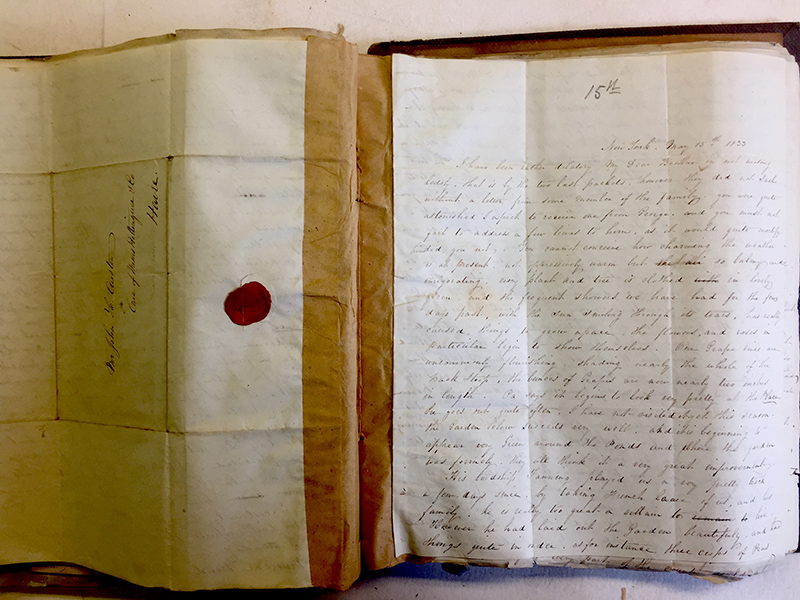
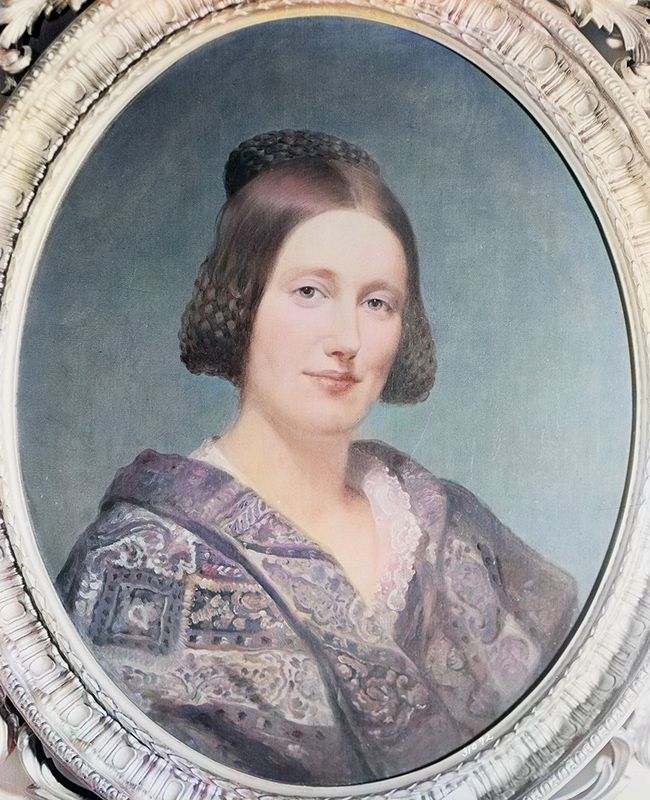
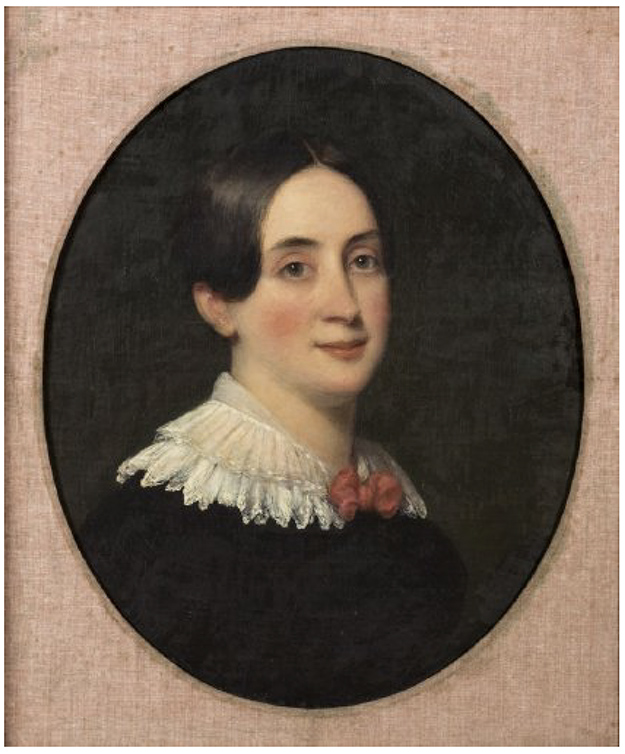
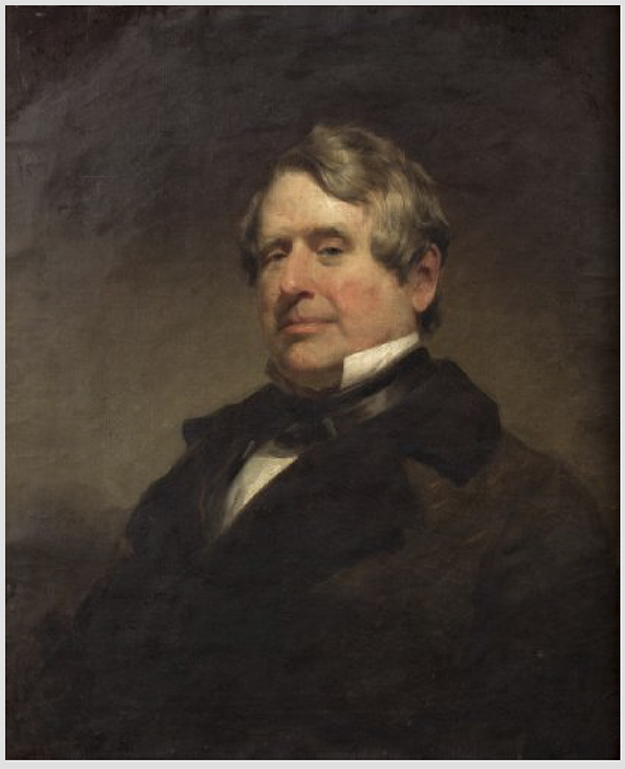


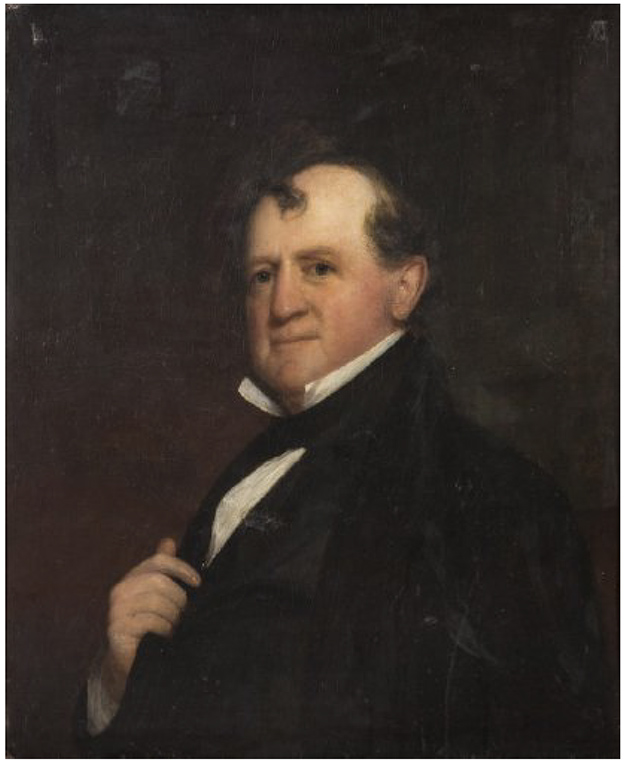
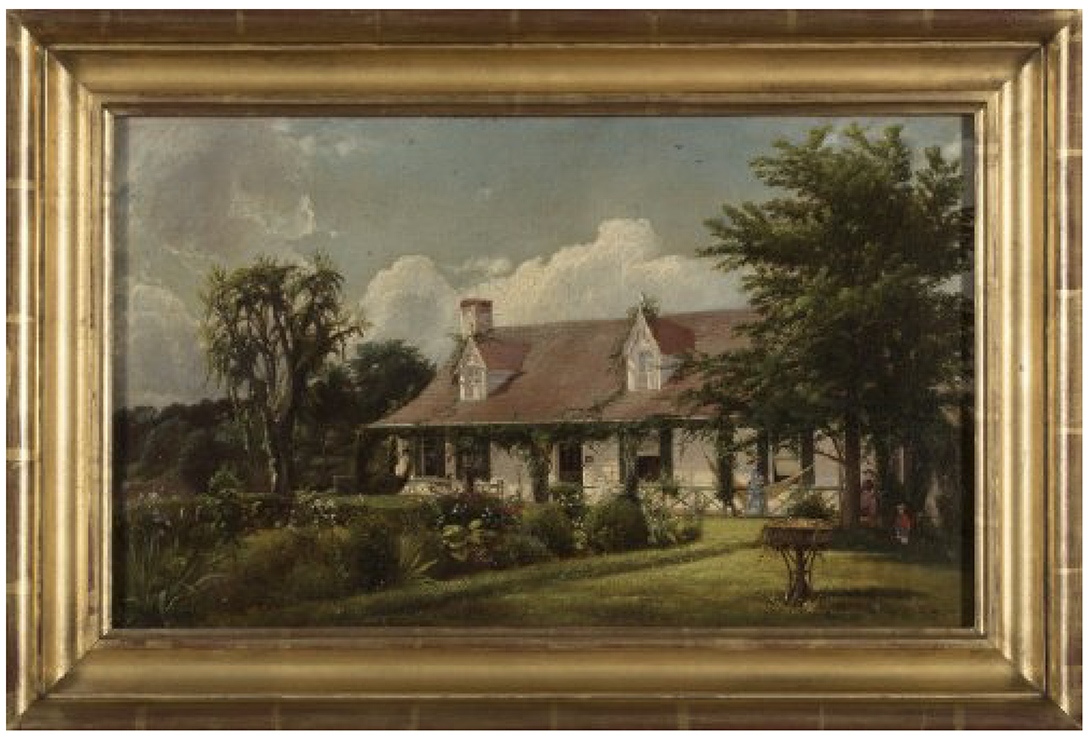
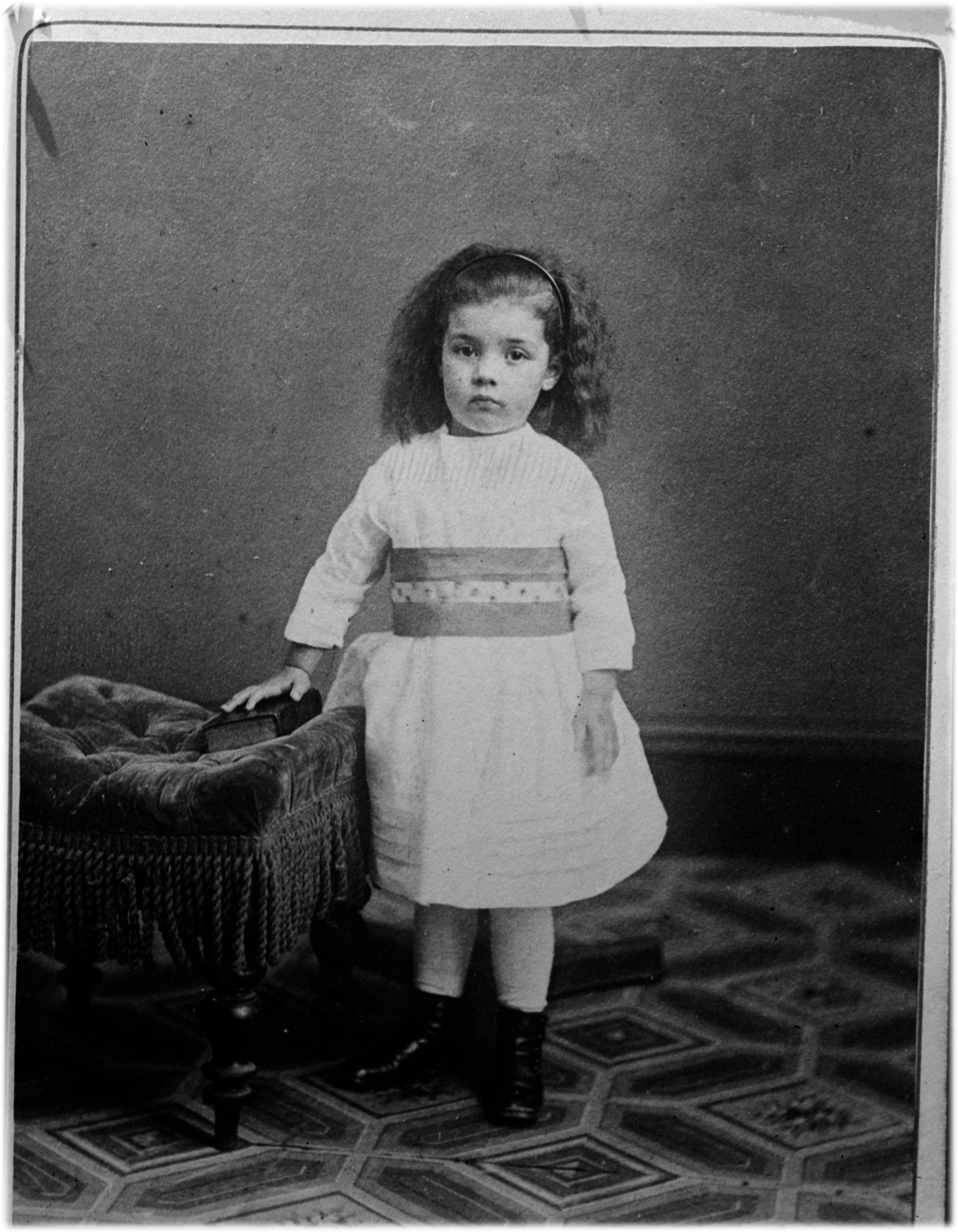

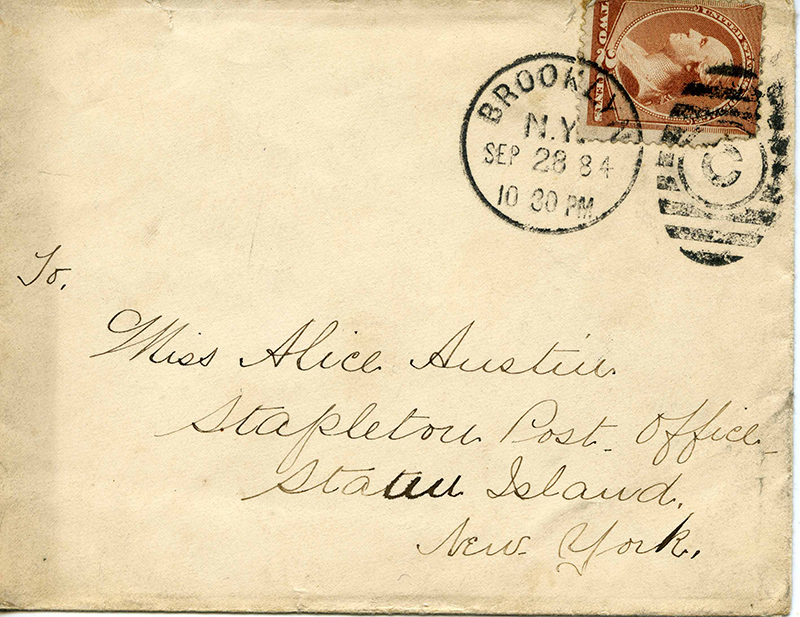
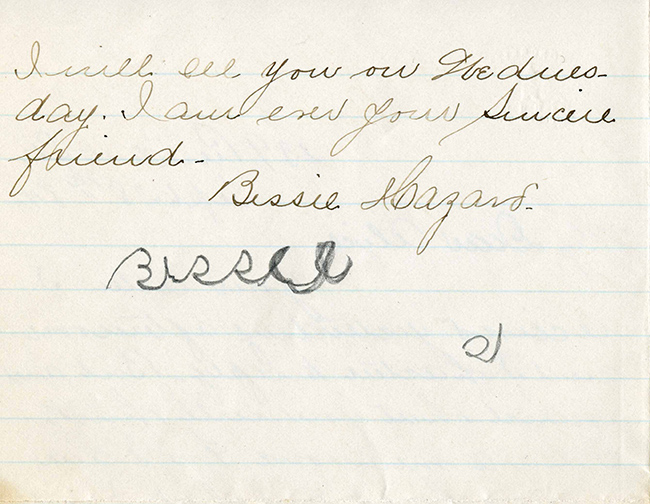
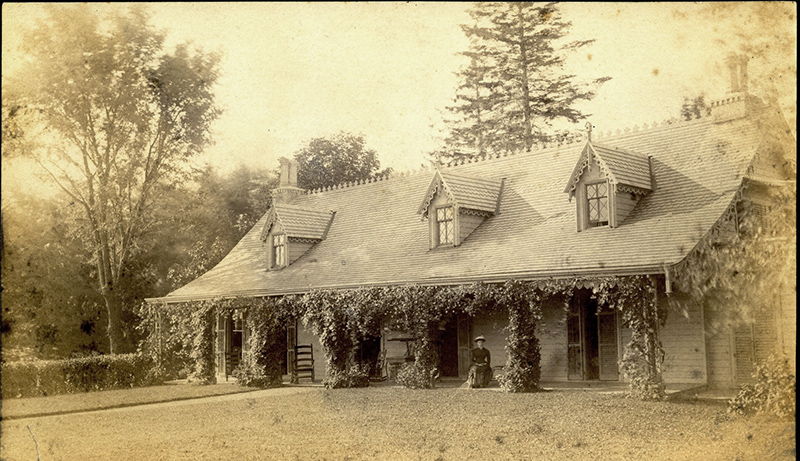

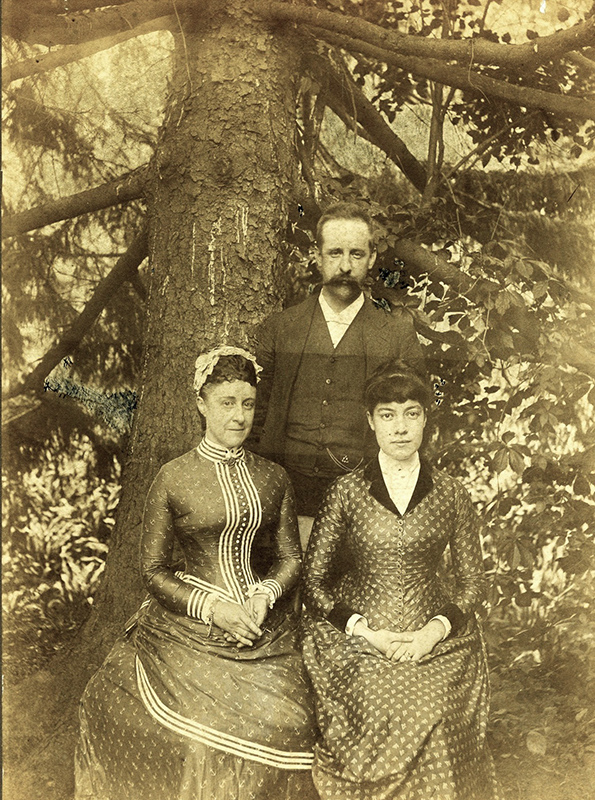
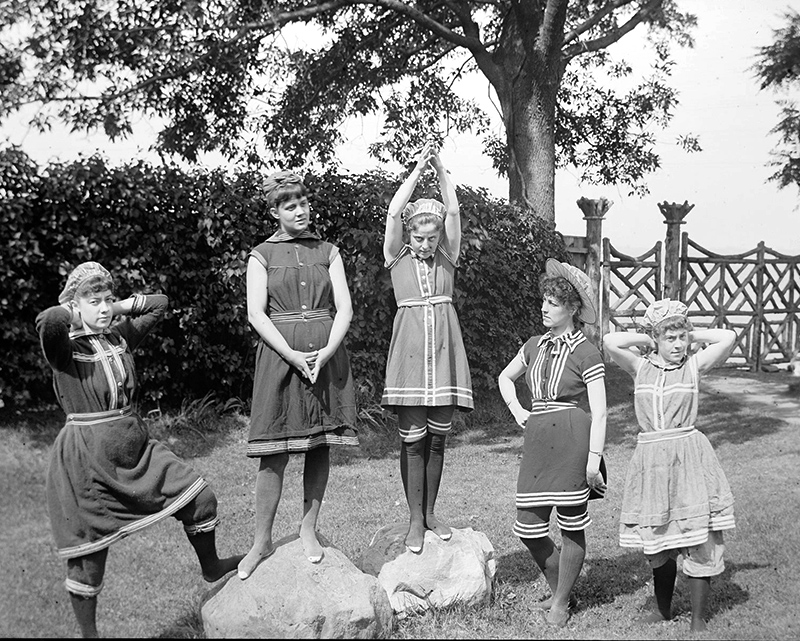
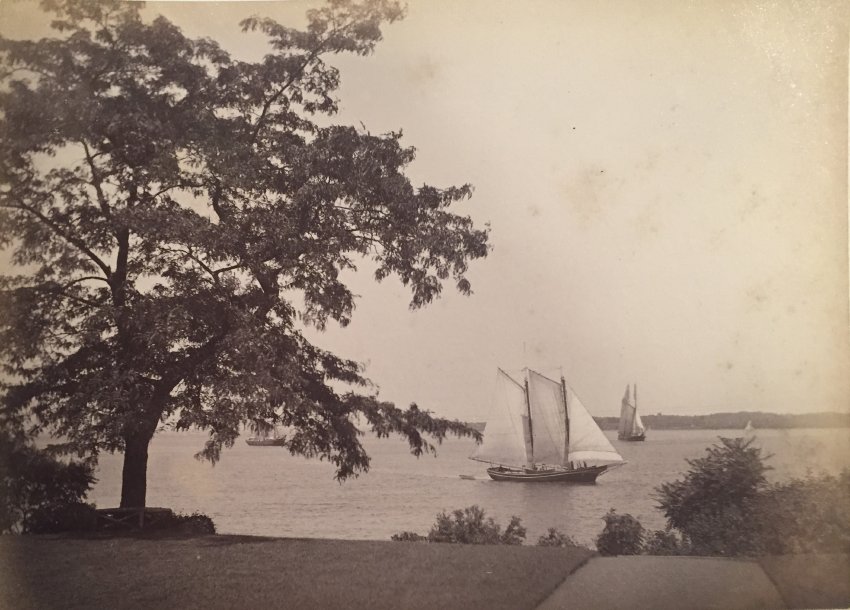
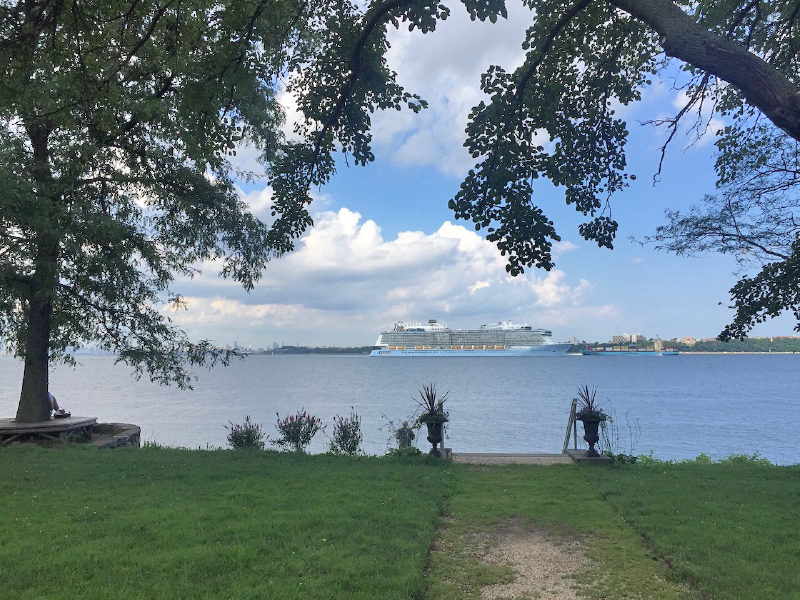
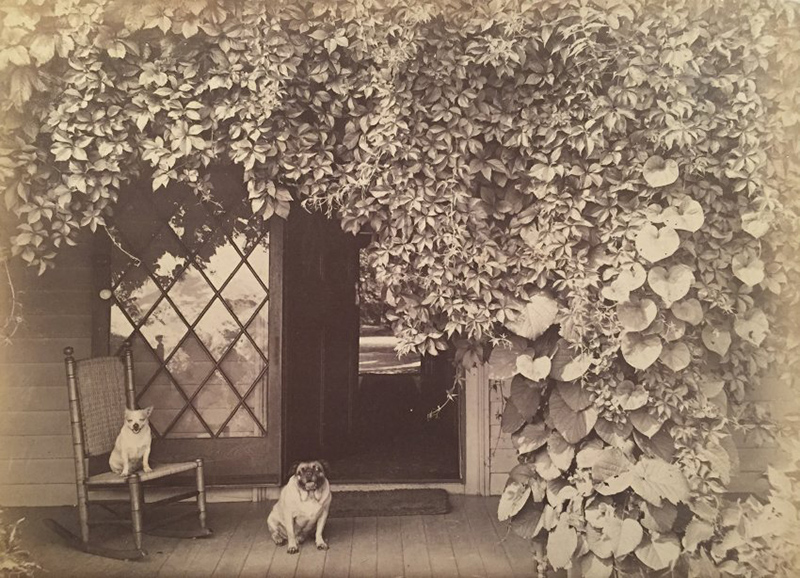
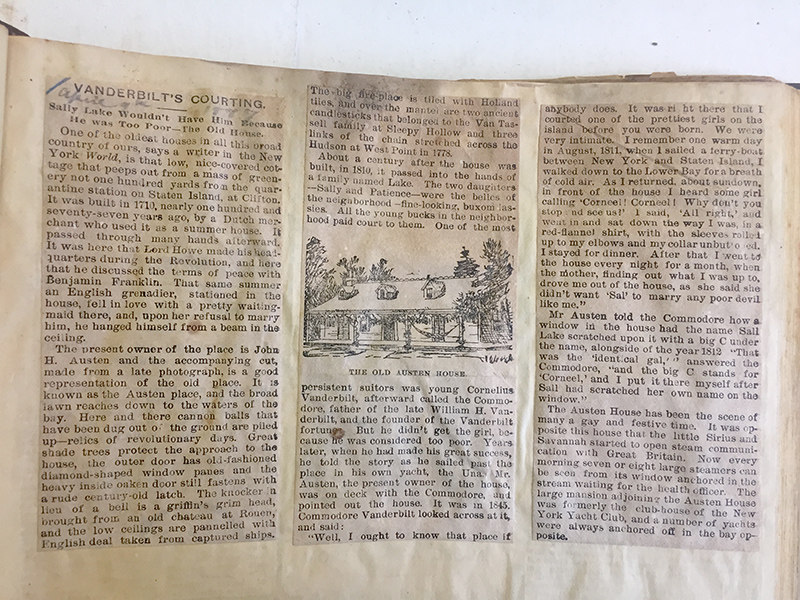

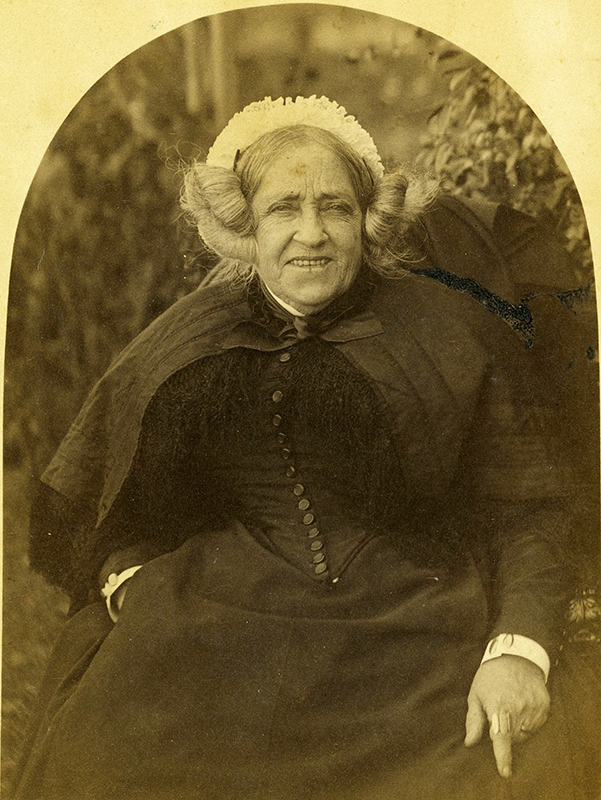
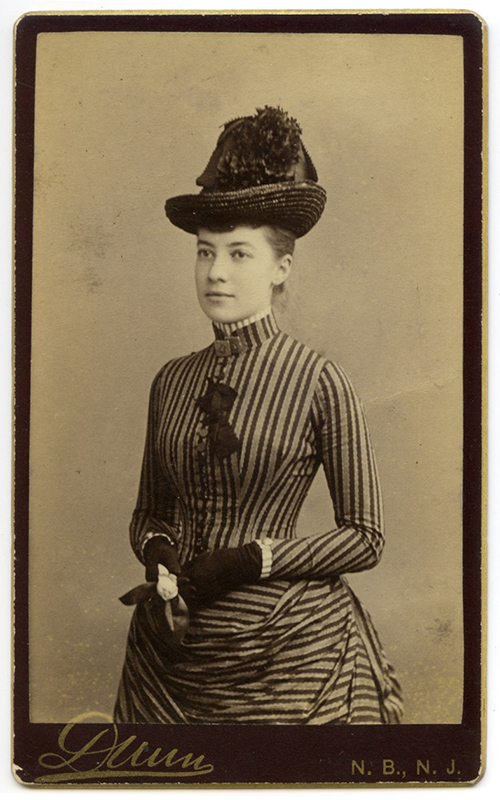

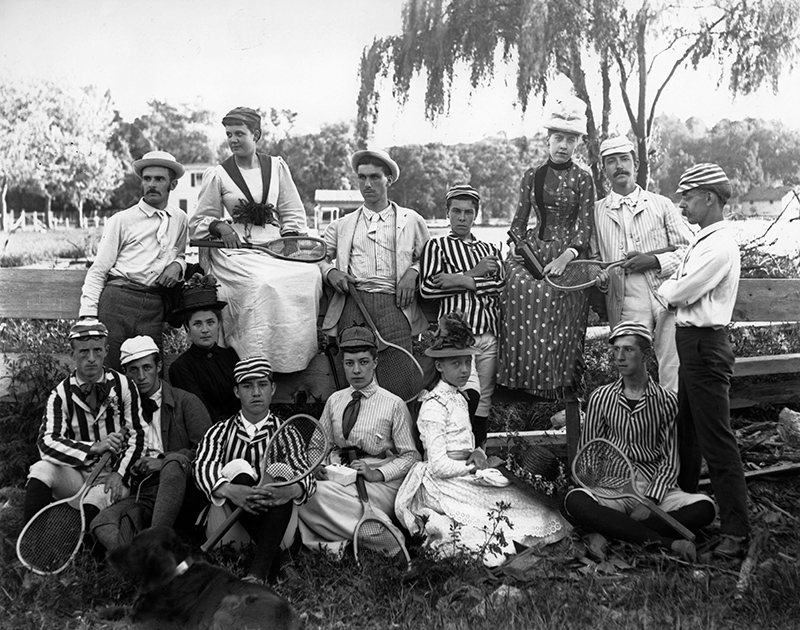
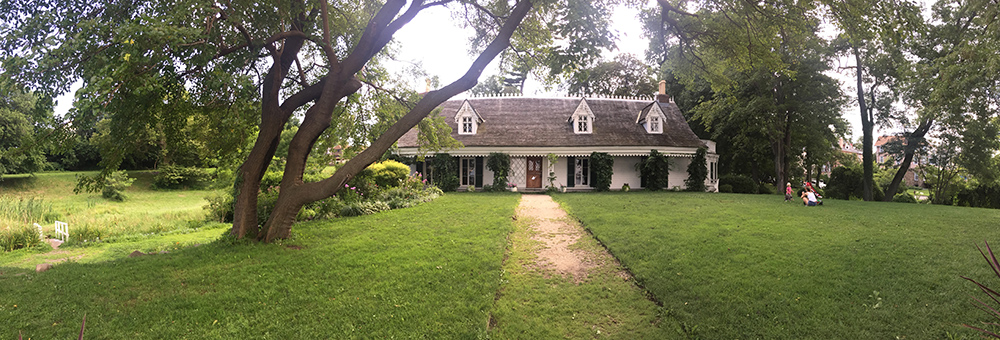

 Visit Podcast Website
Visit Podcast Website RSS Podcast Feed
RSS Podcast Feed Subscribe
Subscribe
 Add to MyCast
Add to MyCast